Can Cats See in the Dark? Here's What Experts Say
24.01.2022.
Cats are definitely our favorite pets, and many of us think they have superpowers. There is some truth to that. If you have ever seen a cat land on its feet from different falling positions, you are right to think they are some kind of animal superheroes. However, those things cats can do are nothing more than very cool evolutionary adaptations. One of the questions we often get from cat owners is, “Can cats see in the dark?” The correct answer would be - NO. However, there are layers that need to be uncovered if you want to know a detailed explanation of the cat’s vision. Here’s what our experts say about cats seeing in the dark.
Why are cats more active at night?
The first thing we need to talk about is our feline’s night activities. Cats are indeed more active at night. Most cat owners believe their cats are nocturnal hunters. You might have woken up, and your cat brought you a gift like a mouse or a piece of clothing. Well, the truth is that cats aren’t specifically nocturnal. They are crepuscular, which means they are most active during dusk and dawn.
If cats are not specifically nocturnal, their evolution hasn’t required them to develop “night vision.” We were surprised when we heard that the first time because, like many other cat owners, we noticed our cats see a lot better than us in the dark.
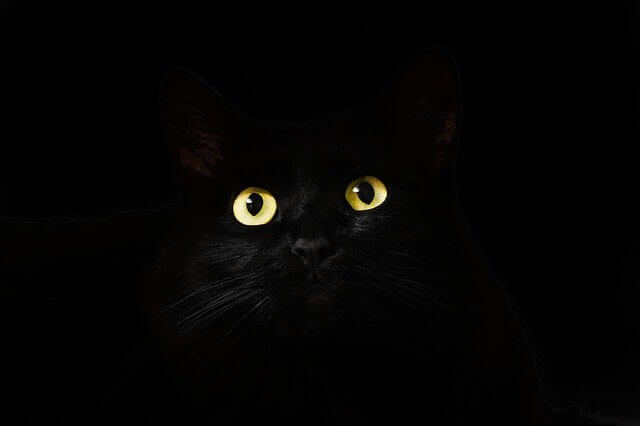
Can cats see in the dark?
As we already mentioned, cats would not be able to see in complete darkness any better than we could. Their eyes work on the basic principle as ours; they need at least a little bit of light to see. The good news for cats is that total darkness rarely happens, and there are always at least some faint light sources around us.
How good can cats see?
The only way we were able to understand how good a cat’s eyes are, was when our vet compared the cat’s vision to our vision. As predators, cats are better equipped than we are for nocturnal activities. They need only about ⅙ of the light we need to see. Imagine it like this;
If you’re standing in a room that is completely blacked out and you have a light bulb you can control, you can slowly start increasing the amount of light until you can see the room clearly. From the first moment you see the outlines of the room, your cat is already aware of how the room looks. In fact, the cat will see the room while you’re still struggling to see anything.
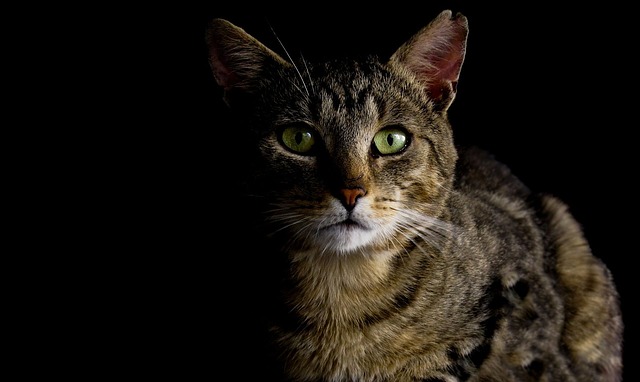
How can cats see so good?
We briefly mentioned cats have amazing evolutionary adaptations and having a better vision than humans is one of them. They can see so well in dimly light areas because their eyes are different than ours. The key differences and adaptations cats have are;
- Curved cornea
- Large lens
- More rods
- Pupils can dilate to full circles
For example, the cat’s pupils will fully dilate if there isn’t much light around. When that happens, their pupils can absorb even the tiniest amounts of light. That means cats don’t need a lot of light to see, which is why they’re so active around dusk and dawn. They can spot even the tiniest of movements in those dimly-lit conditions. It is one of the reasons they are such successful hunters.
The thing that allows them such excellent vision is the number of rods they have. Humans and cats have these two things in their eyes that are responsible for different aspects of vision;
- Rods - Rods are photoreceptors in the eye that are responsible for vision at low light levels (scoptic vision).
- Cones - Cones are the other type of photoreceptors in the eye. They are active when light levels are higher and allow us to see colors. They are responsible for high spatial acuity.
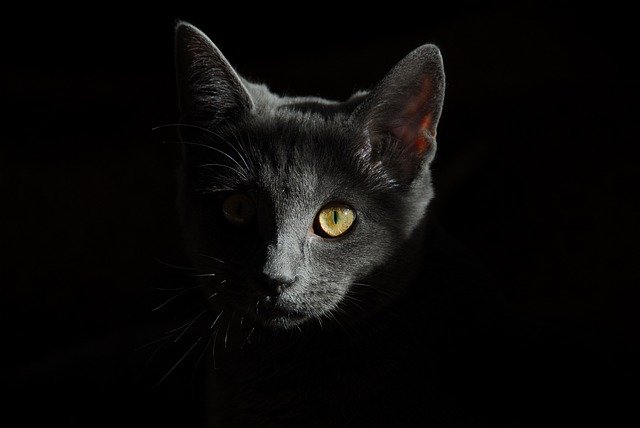
Human vision vs. cat vision
A species’ ability to see in the dark is directly related to the number of photoreceptors in its eyes. For example, humans have around 41 million rod cells in their eyes. Cats have anywhere from 6 to 8 times more rods than us. That means their eyes are better adapted to seeing in dark areas. However, we see better in bright areas.
Cats and humans have three types of cones. However, the density, types, and distribution within the eye are completely different. We also have 10 - 12 times better motion detection in brightly lit areas. That means we will see things better in broad daylight than our cats.
Do cats see better than humans?
This is a very interesting question that can be answered in a couple of ways. Do cats see better in dimly lit areas? - Yes. Do they see better in broad daylight? - No. Who has better vision? - Well, we would argue - humans do.
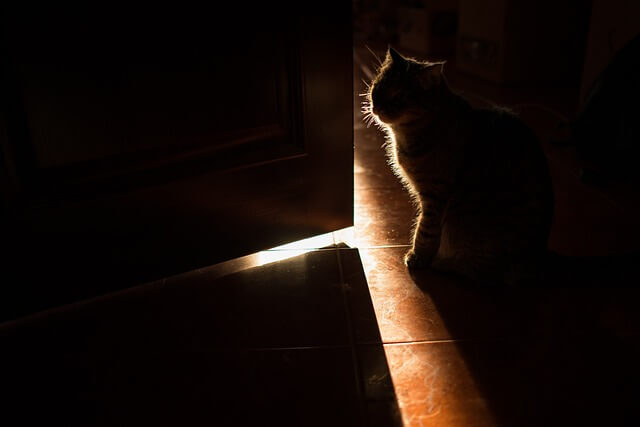
Humans see things clearer. We can see a broader color spectrum, and cats can be considered nearsighted. When it comes to crystal clear vision - humans win. We have a 20/20 vision. That means you can stay 20 feet away from the Snellen chart; we would see the figures included on that chart. When cats were tested, they showed they have 20/60 or even 20/100 vision. That means they can’t see clearly things we can see from 100 feet away. We don’t know about you, but that’s a point for us in our books.
In conclusion
Cats have a better “night vision” than we do. They need ⅙ of the light we need to see things clearly. However, humans see more colors, and our vision is clearer than cats. In case of pitch darkness, cats wouldn’t be able to see just as much as we couldn’t.
World Cat Finder Team

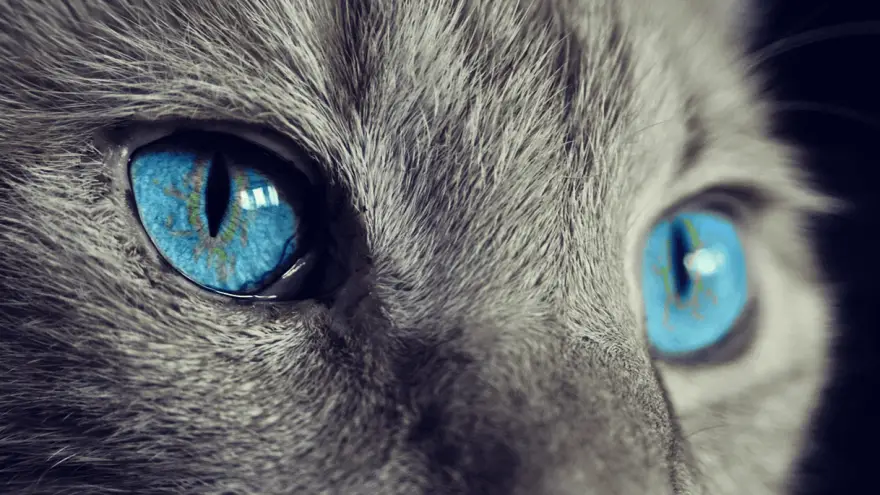


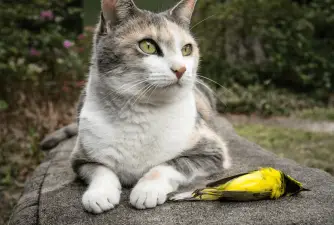


Share